1. A Bite-Proof, Snake-Slaying Machine

The honey badger isn’t just fearless—it’s basically indestructible. These little beasts have incredibly thick, loose skin that acts like built-in armor, making it nearly impossible for predators to get a fatal grip. Not only that, but honey badgers regularly hunt and eat venomous snakes like cobras and puff adders, shrugging off the venom like it’s no big deal. They’ll pass out for a bit after a snake bite, then wake up like they just took a power nap and finish their meal without missing a beat. Scientists have studied their immunity and discovered their bodies can tolerate lethal doses of venom that would kill pretty much anything else. Basically, this 30 lb. tank walks around like it’s the final boss of the animal kingdom—and nature doesn’t even give them a health bar.
2. Their “I Don’t Care” Attitude Is Legendary

Honey badgers don’t back down—from anyone. Lions, hyenas, leopards—you name it, they’ve all tried to take on a honey badger and lived to regret it. These little terrors will puff up, scream, growl, and charge at animals ten times their size without hesitation. If that doesn’t work, they’ll go for the face, the eyes, or anywhere painful, because fair fights aren’t their style. Even if they’re outnumbered, they’ll keep fighting until the enemy decides it’s just not worth the hassle. Their “come at me, bro” energy is what’s earned them the title of most fearless animal on Earth, and honestly, we should all aspire to have that kind of confidence.
3. They’re Basically Tiny Escape Artists
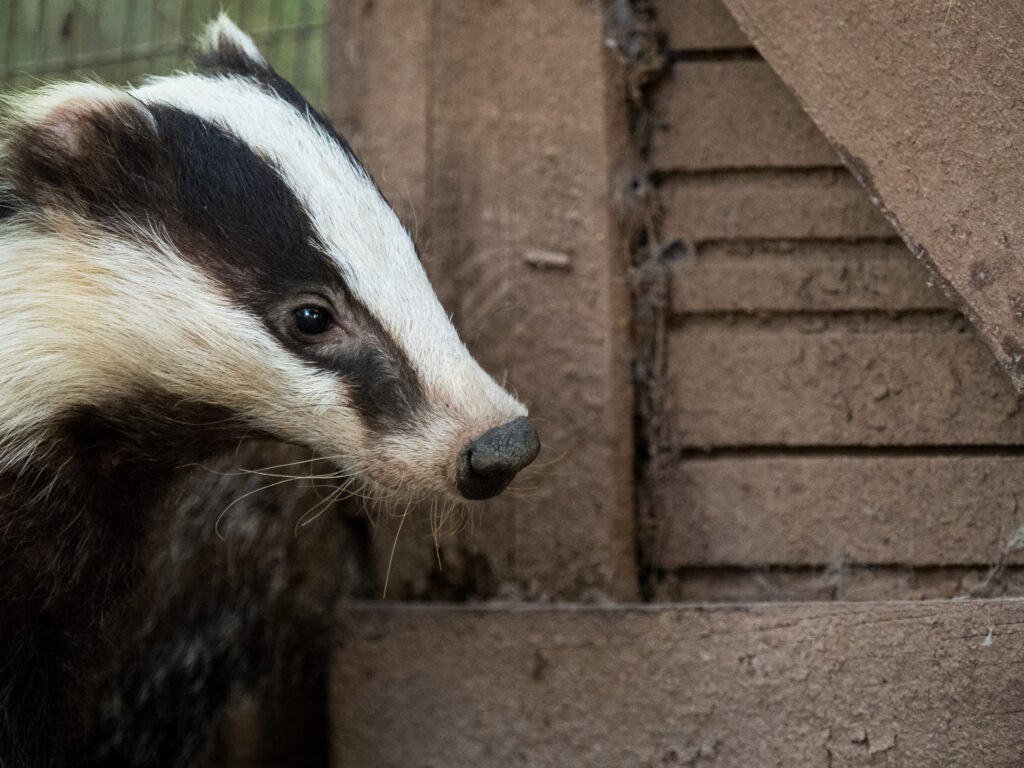
You can’t cage a honey badger—not without a serious challenge. In captivity, honey badgers have been known to climb walls, dig under fences, unlock latches, and even use tools to break free. One famous honey badger named Stoffel in South Africa escaped from his enclosure over a dozen times, once using mud, sticks, and rocks to build a ramp and scale the wall. Their intelligence is off the charts for a wild animal, and they’re problem solvers with a mission: freedom and chaos. Zookeepers now call them “Houdini badgers” because no matter what you build, they’ll find a way out. Never underestimate a honey badger—they will outsmart you and leave you wondering how a weasel on steroids just wrecked your day.
4. Their Diet Is “Anything That Moves (or Doesn’t)”

Honey badgers aren’t picky eaters—in fact, their diet is a full-on nightmare for anything living nearby. They chow down on snakes, scorpions, insects, birds, rodents, fruits, roots, and honey (of course). If it’s edible, it’s on the menu. They’ve even been known to raid beehives and endure hundreds of bee stings just to get to the honey and larvae inside. Their resistance to venom and stings makes them one of the few creatures that laugh in the face of danger… and then eat it. Basically, honey badgers live by the rule: if I can catch it, I can eat it—and if I can’t catch it, I’ll destroy it anyway.
5. They’ve Got a Stink Bomb Defense System
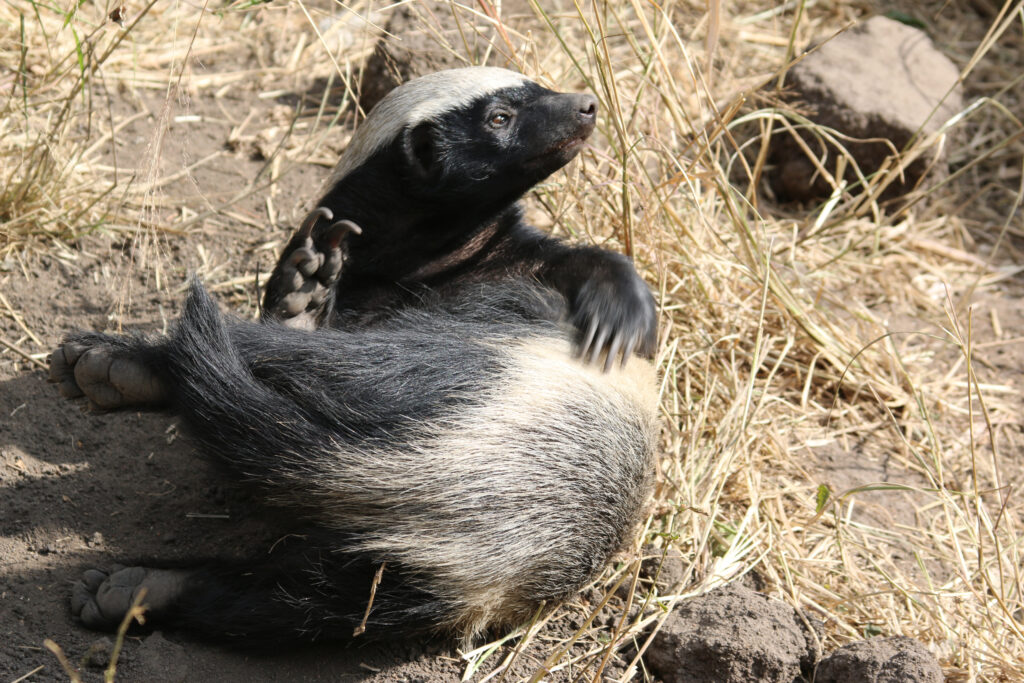
As if their teeth, claws, and rage weren’t enough, honey badgers have one more disgusting trick up their sleeve. They have anal scent glands that can release an absolutely revolting odor when threatened—think skunk spray, but worse. It’s their way of saying, “Back off, or I’ll make your eyes water and your day terrible.” This stink bomb defense confuses predators and gives the badger enough time to either attack or make a break for it. And because honey badgers are honey badgers, they’re not above using their own funk as a weapon of war. If claws and fangs don’t work, they’ll gas you out and cackle while you run.
6. They Don’t Just Survive—They Thrive in the Worst Places
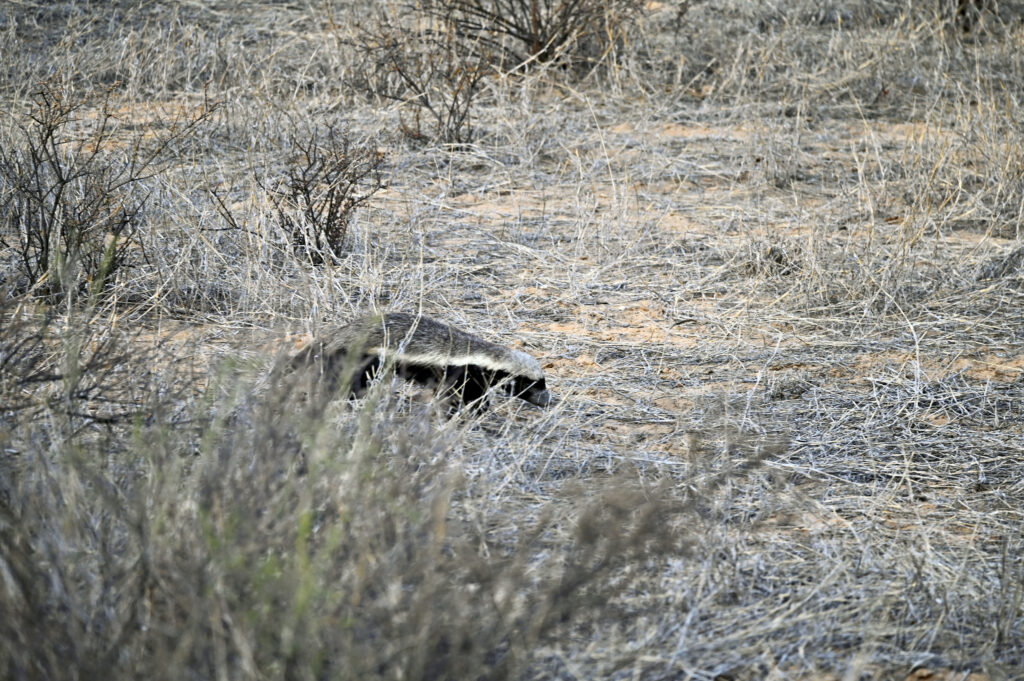
You can find honey badgers in some of the harshest environments on the planet, from dry deserts to dense forests and savannas. They’re highly adaptable and can live practically anywhere as long as there’s food and a place to dig. Their burrowing skills are legendary—they can dig a hole in minutes, and they often sleep in old termite mounds or underground tunnels they’ve claimed (or stolen). No matter how tough the terrain or dangerous the neighbors, honey badgers make it work. They don’t just survive; they turn every ecosystem into their personal playground. And heaven help anything that crosses their path, because these guys don’t do peaceful coexistence.
7. They’re Surprisingly Good Climbers
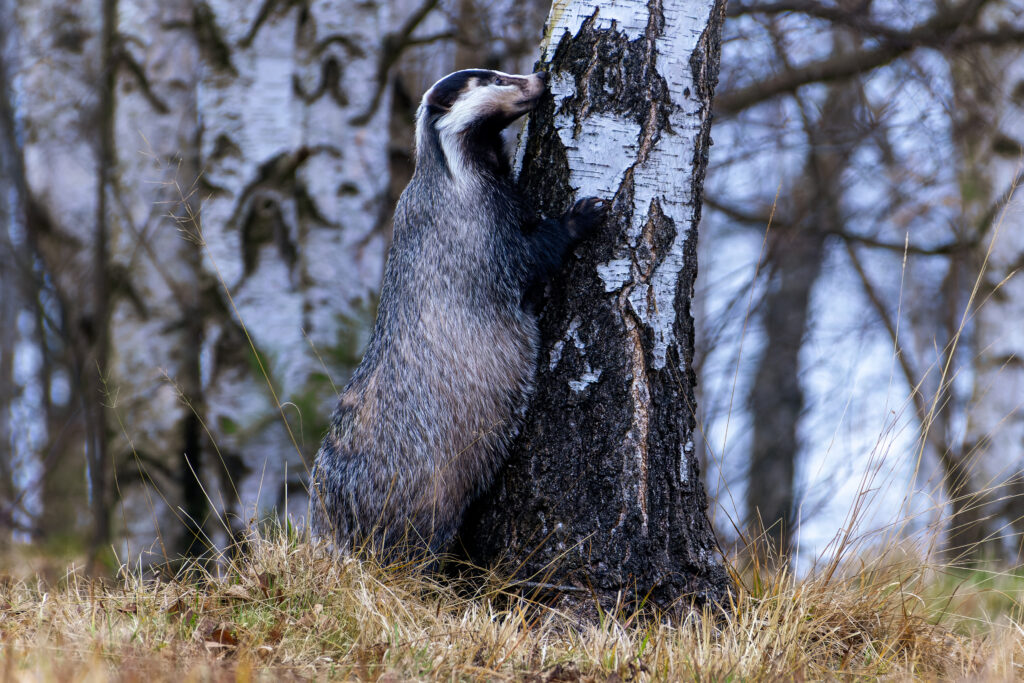
Despite their stocky, low-to-the-ground build, honey badgers are shockingly agile climbers. When food is involved—or if they’re just feeling particularly chaotic—they can scale trees, fences, and even human-made structures. There are multiple documented cases of honey badgers raiding bird nests high up in trees, showing off their determination and versatility. Their strong claws and muscular limbs make climbing a breeze, adding yet another weapon to their already loaded arsenal. So, if you think you can escape a honey badger by going vertical—you’re wrong. They’ll climb up and remind you that gravity isn’t going to save you.
8. They Use Tools (Yes, Really)
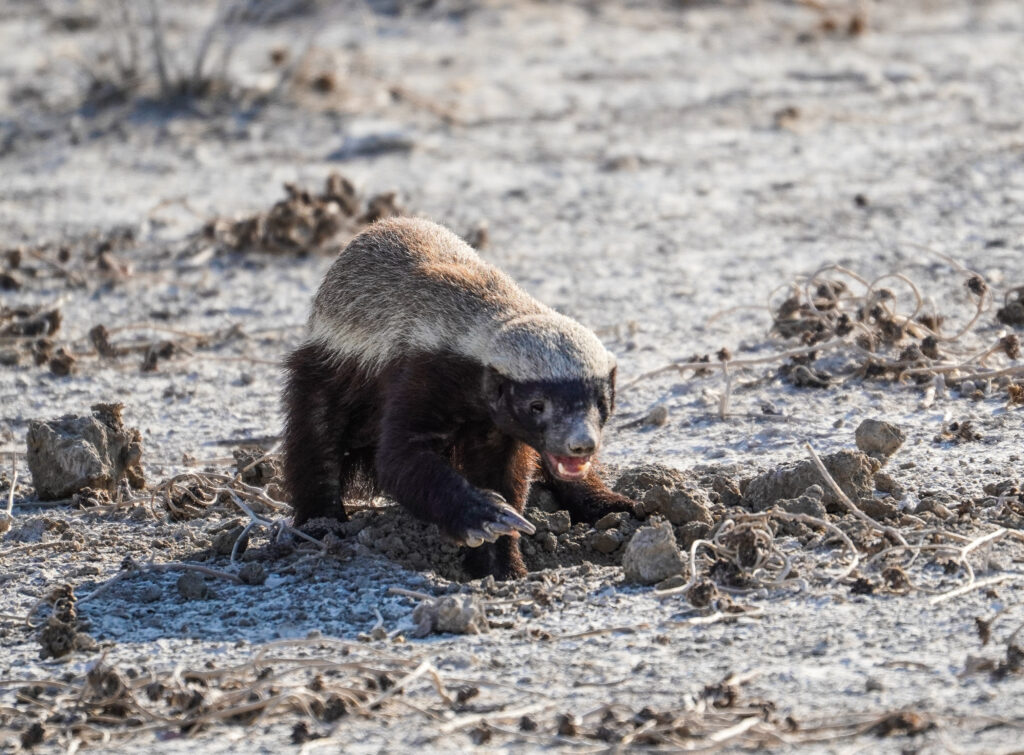
Most animals in the wild don’t use tools—it’s a skill reserved for apes, dolphins, and a few clever birds. But honey badgers break the mold. Observers have caught honey badgers rolling logs, pushing rocks, and stacking objects to climb out of enclosures or reach food. This level of problem-solving shows not just instinct but serious cognitive ability. It’s one thing to be tough; it’s another to be tough and terrifyingly smart. When a creature this aggressive also knows how to use a toolbox, it’s game over.
9. They Have a Strong Family Bond
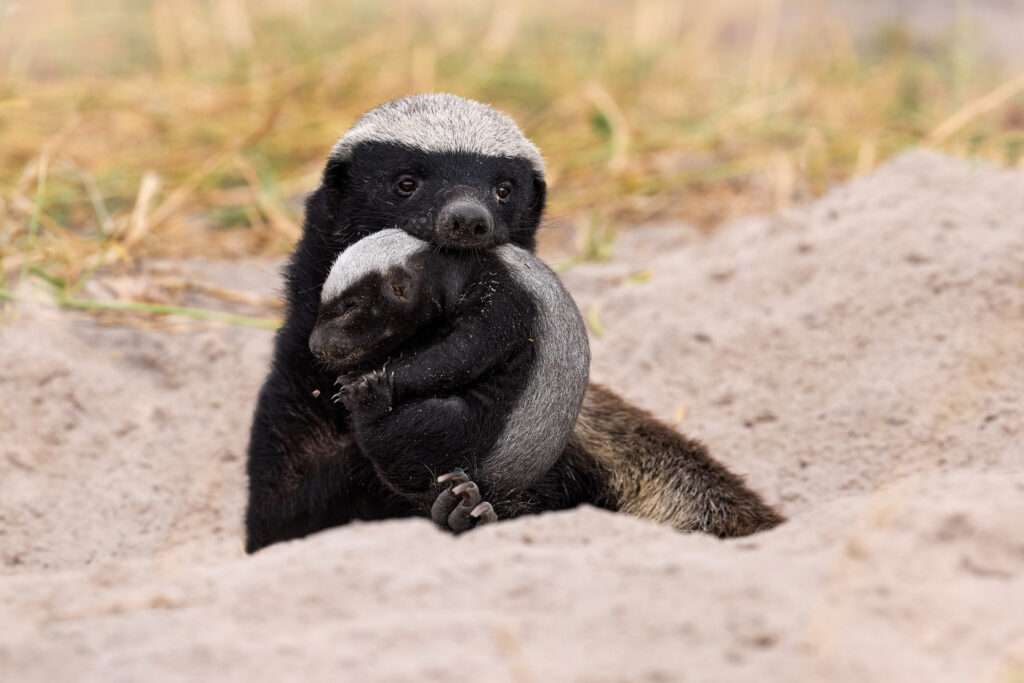
Honey badgers might seem like lone wolves of chaos, but they actually have a soft side when it comes to family. Mothers are fiercely protective of their cubs, teaching them hunting skills and survival tactics. They’ll often keep their young close for over a year—unusual for solitary animals. If you mess with a honey badger cub, you’re basically signing up for a full-on rage-fueled revenge tour from mom. It’s one of the few times you’ll see a honey badger show tenderness—and even then, it’s backed by absolute ferocity. Don’t let the family love fool you; they’re still absolute lunatics.
10. Their Scientific Name Is Fittingly Badass
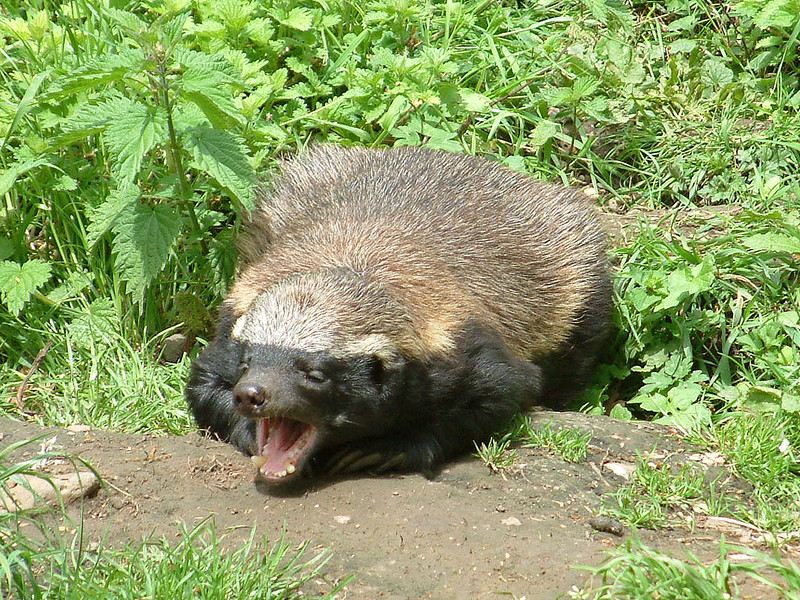
The honey badger’s official scientific name is Mellivora capensis, which literally translates to “honey eater of the Cape.” It sounds sweet and innocent—until you realize the honey badger doesn’t just eat honey; it destroys entire hives and terrorizes everything that gets in its way. Even their name has a bit of an ironic edge to it, like calling a nuclear warhead a “firecracker.” Native to Africa, Southwest Asia, and India, they’ve built a global reputation as chaos incarnate. When an animal’s very name implies a sweet tooth but their behavior screams “unstoppable beast,” you know you’re dealing with a legend. It’s the ultimate “don’t judge a book by its cover” situation.
11. They Have Zero Natural Predators (Because They’re That Crazy)

Technically, lions, hyenas, and leopards could take down a honey badger—but most of them don’t bother. Why? Because the fight just isn’t worth it. Honey badgers are too aggressive, too dangerous, and too much of a hassle. Most predators learn the hard way that tangling with a honey badger usually ends with a scratched-up face, bruised ego, and empty stomach. In the animal kingdom, honey badgers have achieved the rare status of “not worth the trouble,” which is possibly the highest honor in the wild.


